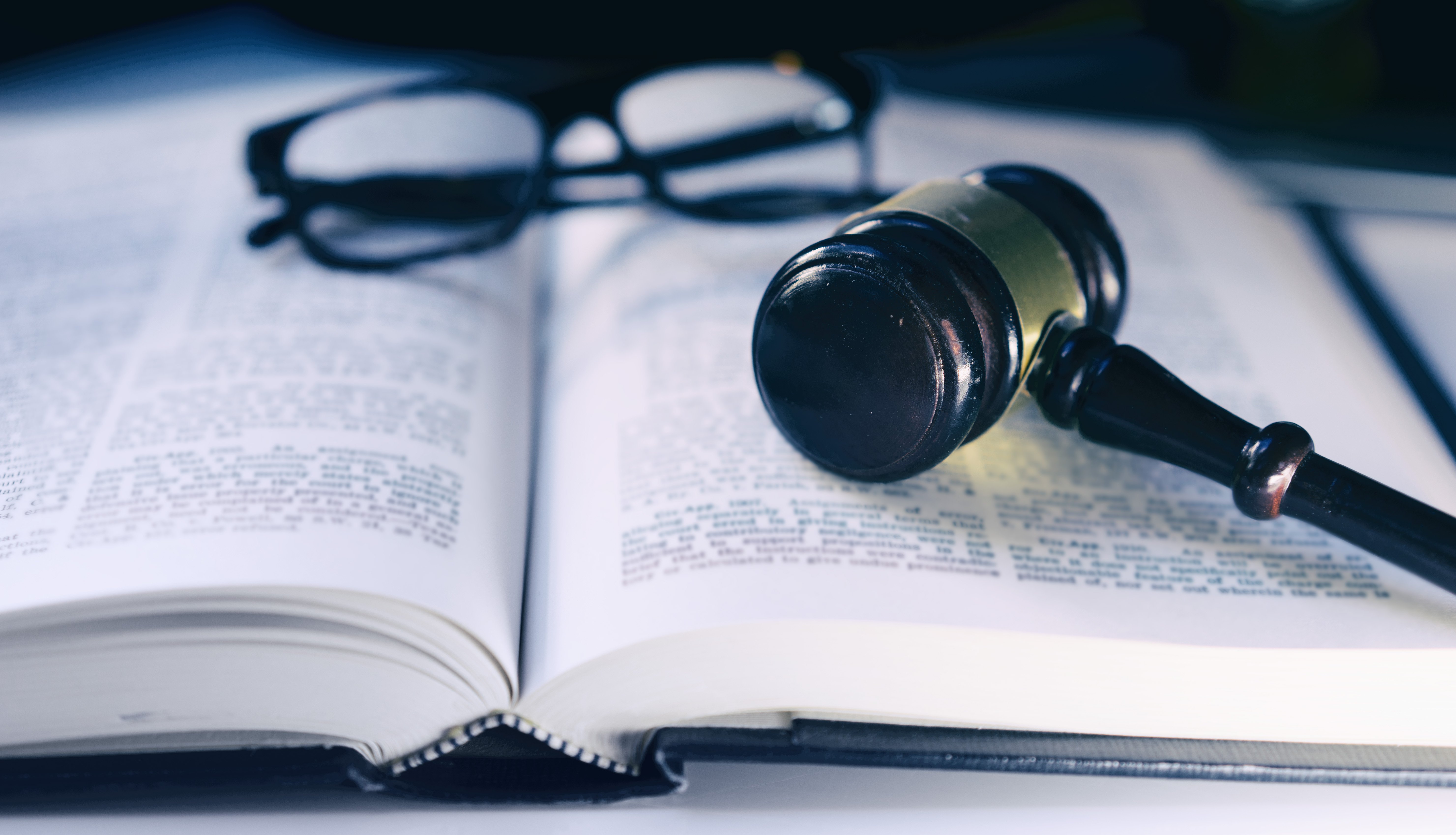A single mistranslated word in a patent claim can cost millions. In the high-stakes environment of the PCT (Patent Cooperation Treaty) National Phase, particularly when entering Asian markets like China, Japan, and South Korea, linguistic precision isn't just a requirement—it is the only barrier standing between your invention and public domain theft.
According to WIPO (World Intellectual Property Organization), over 67% of all global patent filings now originate in Asia. If you are filing a PCT application, your roadmap likely includes the CNIPA (China), JPO (Japan), or KIPO (Korea). These jurisdictions are notoriously strict regarding formatting and linguistic nuance.
This guide breaks down the critical best practices for translation, exposes the hidden dangers of cutting costs, and outlines a transparent workflow to ensure your Intellectual Property (IP) remains yours.
The "Google Translate" Trap: Why MT fails in Patent Law
Let’s address the elephant in the room immediately. With the rise of Generative AI and Neural Machine Translation (NMT), a common question arises among CFOs and budget-conscious inventors: “Can’t we just run the initial draft through translation software to save money?”
The answer is a categorical no.
While AI is excellent for casual comprehension, it lacks legal intent. Patent law relies on specific "terms of art." For example, in English patent law, the difference between "comprising" (open-ended) and "consisting of" (closed) is massive.
Machine Translation often conflates these terms when translating into Asian characters (e.g., confusing bāokuò with yóu...zǔchéng in Chinese).
** The Result:** You may accidentally narrow the scope of your patent, allowing competitors to bypass your claim by simply adding one minor component to their device.
According to a study on patent litigation, translation errors are a leading cause of "Office Actions" (rejections from the patent office), which delay approval and increase legal fees by an average of 20-30% per application.
The Anatomy of a Correct Translation (Sample Comparison)
To understand the value of human expertise, look at this example regarding a mechanical claim for a "filtering device."
| Element | Original English Text | Flawed Translation (Literal/AI) | Professional Legal Translation |
| Context | "...a filter housing configured to receive the fluid..." | Error: Used a generic verb for "receive" or "hold." | Correction: Uses specific technical phrasing implying functional design intent. |
| Implication | The housing is designed specifically for this purpose. | The housing happens to hold fluid (lacks design requirement). | legally binds the design to the function, protecting the structural integrity of the claim. |
| Outcome | Protected | Vulnerable to invalidation | Protected |
Note: In Japanese patent filings (JPO), specific sentence structures are required to define the relationship between the "subject" and the "predicate" of a claim. A direct translation often breaks this syntax, rendering the claim non-compliant immediately.
Transparent Workflow: From Quote to Delivery
One of the biggest frustrations in the IP industry is the lack of transparency regarding costs. Agencies often quote a low per-word rate, only to add "formatting fees," "project management fees," or "rush fees" later.
A professional workflow should be visible and predictable. Here is what you should expect:
1. The Analysis & Quote (Day 1)
You submit the PCT document. The team analyzes the technical domain (e.g., Biochemistry vs. Semiconductor).
Transparency Check: The quote should include the TEP (Translation, Editing, Proofreading) process. There should be no hidden costs. The price provided is the price you pay.
2. Subject Matter Expert (SME) Translation (Day 2-5)
The document is not sent to a generalist. If your patent is for a lithium-ion battery, it is translated by a linguist with a background in electrochemistry. This ensures technical terms are accurate to the industry.
3. The "Mirroring" Formatting (Day 6)
Asian patent offices have strict formatting rules regarding margins, font sizes, and figure labels. The translation is formatted to "mirror" the original layout while adhering to local National Phase requirements.
4. Legal Review & QA (Day 7)
A senior editor reviews the claims specifically for legal scope. They ensure terminology consistency across the entire document.
5. Final Delivery (Day 8-10)
You receive the clean files ready for filing, along with a certification of accuracy if required by the local patent office.
FAQ: Common Questions on Patent Translation
The following section contains structured data markup logic to help search engines display these answers directly in search results.
Q: Do I need to translate the entire PCT application?
A: generally, yes. Most Asian patent offices (like China and Japan) require a full translation of the description, claims, abstract, and drawings text upon National Phase entry. However, some jurisdictions allow for late submission of certain parts.
Q: How much does Asian patent translation cost?
A: Costs vary by word count and technical difficulty. However, beware of agencies charging significantly below market rate; they are likely using unedited machine translation. The cost of fixing a rejected patent is always higher than the cost of a premium translation.
Q: What happens if I miss the National Phase deadline due to translation delays?
A: Missing the 30 or 31-month deadline (depending on the country) can be fatal to your patent rights. This is why working with a vendor who guarantees delivery timelines is non-negotiable.
Final Thoughts
Securing IP rights in Asia is a complex interplay of legal strategy and linguistic accuracy. You are not just translating words; you are translating the legal boundaries of your innovation.
For decades, Artlangs Translation has been the silent partner behind successful global expansions. With expertise in over 230 languages, Artlangs goes beyond standard document translation. Our deep experience in video localization, drama subtitles, game localization, and multilingual dubbing means we understand nuance, context, and cultural adaptation better than anyone.
Furthermore, our technical division handles multilingual data annotation and transcription, ensuring that our team is always at the cutting edge of AI and technical terminology. Whether it is a complex PCT application or a multimedia localization project, Artlangs delivers precision, transparency, and peace of mind.
Next Step
Do you have a PCT application approaching the 30-month National Phase deadline?
[Contact Artlangs Translation today] for a transparent, all-inclusive quote and ensure your IP is protected by true subject matter experts.











